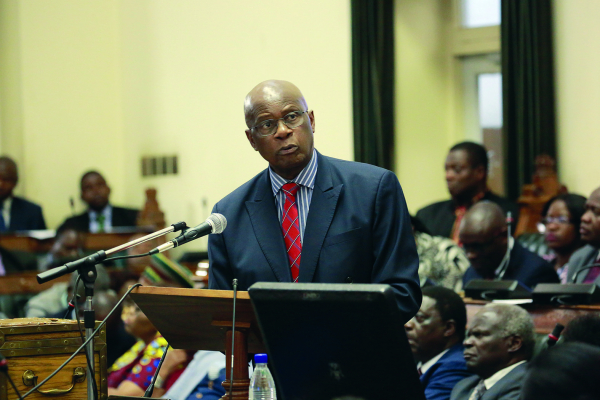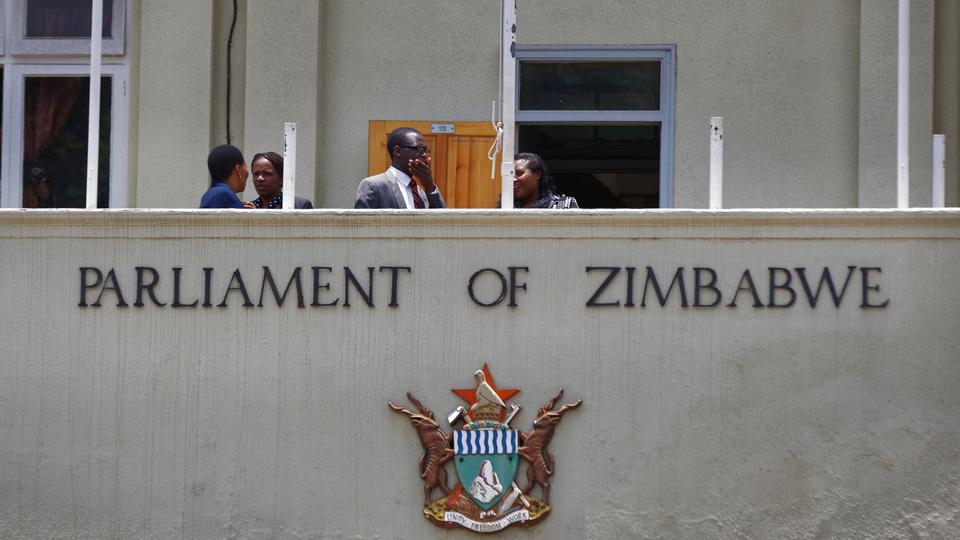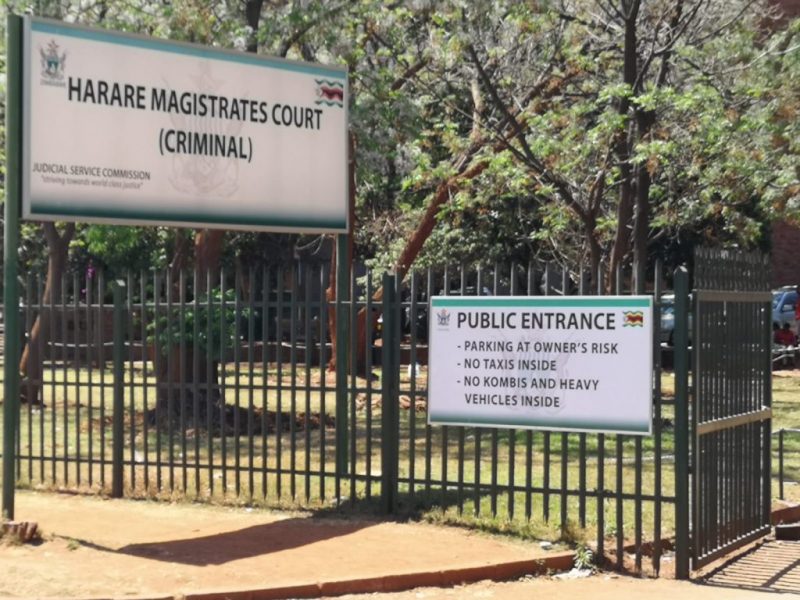
Government is set to amend the Indigenisation and Empowerment Act in which the 51:49% threshold will only apply to diamond and platinum, as part of reforms to grow the economy and attract foreign direct investment.
BY TATIRA ZWINOIRA
Presenting the $5,743 billion National Budget for 2018, Finance and Economic Development minister Patrick Chinamasa said the new measures come into effect starting April 2018 and will classify diamonds and platinum as the only sub-sectors designated as extractive.
“The 51/49 threshold will not apply to the rest of the extractive sector, nor will it apply to the other sectors of the economy, which will be open to any investor regardless of nationality,” he said.
Chinamasa said the reserved sector would cater for locals and non-Zimbabweans would enter the sector only by special dispensation granted by government, if the proposed business creates employment and affords the opportunity for the transfers of skills and technology for the benefit of the people of Zimbabwe.
A waiver can be granted if the proposed business promotes the creation of sustainable value chains and meet the prescribed socially and economically desirable objectives.
The Indigenisation and Empowerment Act has been an impediment in the country’s efforts to attract foreign direct investment (FDI).
FDI has been giving Zimbabwe a wide berth, with inflows at $319 million last year from $421 million in 2015.
- Chamisa under fire over US$120K donation
- Mavhunga puts DeMbare into Chibuku quarterfinals
- Pension funds bet on Cabora Bassa oilfields
- Councils defy govt fire tender directive
Keep Reading
He said the economy was on track to realise the projected 3,7% growth in 2017 and would grow by 4,5% next year on agriculture and implementation of reforms.
Chinamasa said total revenue by year-end was projected at $3,9 billion up 11,4% from the $3,5 billion realised last year. The projected budget deficit would be $1,7 billion larger than the $400 million.
The budget is anchored on fiscal deficit targeting under which the Budget deficit for 2018 is halved to below 4% of gross domestic product (GDP), and subsequently capping Budget deficits below 3%, in line with best practices and financing capacity of the economy.
Chinamasa said it was also anchored on the sustainable level of public debt to the GDP, which should not exceed 70% in line with Section 11(2) of the Public Debt Management Act.
It will also be anchored with a ceiling of government from the central bank, which should not exceed 20% in line with Section 11(1) of the Reserve Bank Act [Chapter 22:15].
There will be a re-directing of substantial resources towards capital development priorities, through increasing the capital budget thresholds from the current 11% to 15% in 2018 and 25% by 2020.
It proposes a progressive reduction of the share of employment costs in the budget to initially 70% in 2018, 65% in 2019, and below 60% of total revenue by 2020, to create fiscal space to accommodate financing of the development Budget and operations of government.
Chinamasa said discipline and the political will to implement the necessary measures and avoiding arbitrary reversals to agreed Cabinet policy positions were central to the adherence of the fiscal anchors.
Expenditure for 2018 is projected at $5,743 billion, inclusive of Retention Funds.
Current expenditures are proposed to account for $4,5 billion, while capital expenditures will amount to $1,2 billion, he said.
“In line with these projections, the Budget deficit for 2018, given total revenues available for appropriation by Parliament of $5,071 billion, and total expenditure and net lending of $5,743 billion, the fiscal deficit is expected to reduce to $672 million,” Chinamasa said.
The proposed Budget deficit for 2018 is against a projected deficit outturn to December 2017 of $1,707 billion.
Chinamasa said the 2017 Budget has provision for $1,2 billion for meeting maturities for debt obligations through Treasury Bills.
This means that $2,9 billion is required to finance the Budget deficit plus debt repayment.
Chinamasa said Treasury has set aside $3,3 billion for employment costs, with $2,6 billion being set aside for the Public Service wage bill, inclusive of Grant Aided Institutions.
This comes as the expenditure outlay on employment costs from January to September 2017 amounted to $2,57 billion, against a target of $2,26 billion, resulting in an overrun of $304 million.
Chinamasa said the thrust of the budget was to call for a more comprehensive and coherent expenditure management strategy.
“Central is the implementation of decisions Cabinet has already taken, realising the unsustainability of our public finances, but on which government prevaricated when the political will to implement was called for.”
The measures include a freeze on recruitment, retirements, reduce the duplication of posts, reduce fuel benefits, reduce the issuance of vehicles, smaller foreign delegations while also cutting foreign missions and cut support to the public sector, among others.
The Treasury boss also outlined a strategy to reform the public enterprise which remains a draw back through their inefficiencies, with their contribution to the economy down from around 60% to current levels of about 2%.
He said government would shut down technically insolvent parastatals which are not strategic.
“Last year’s financial audits indicate that 38 out of 93 public enterprises incurred a combined $270 million loss, as a result of weak corporate governance practices and ineffective control mechanisms. In addition, 70% of these entities are technically insolvent, representing an actual or potential drain on the fiscus. Further, fiscal risks also arise from debts assumption, re-capitalisation requirements and called-up guarantees,” he said.











